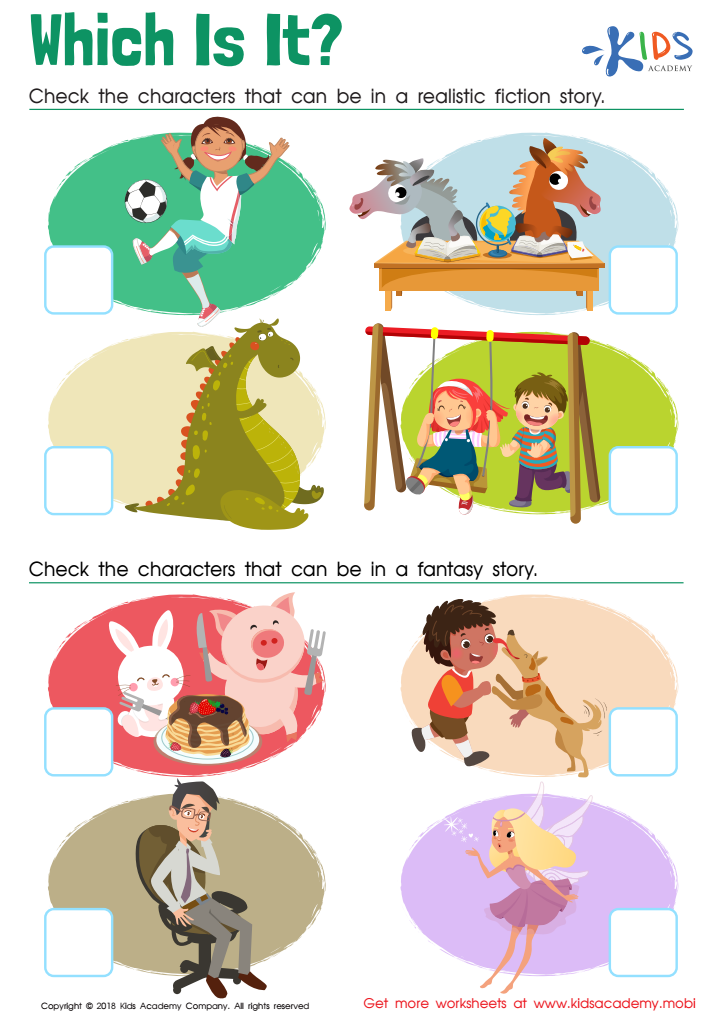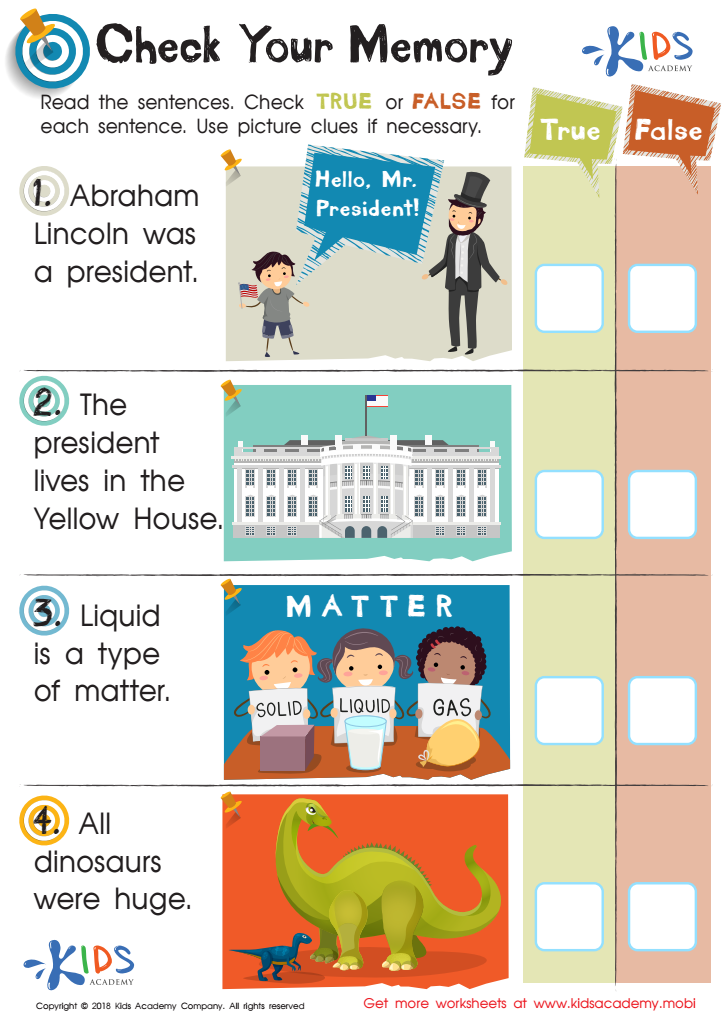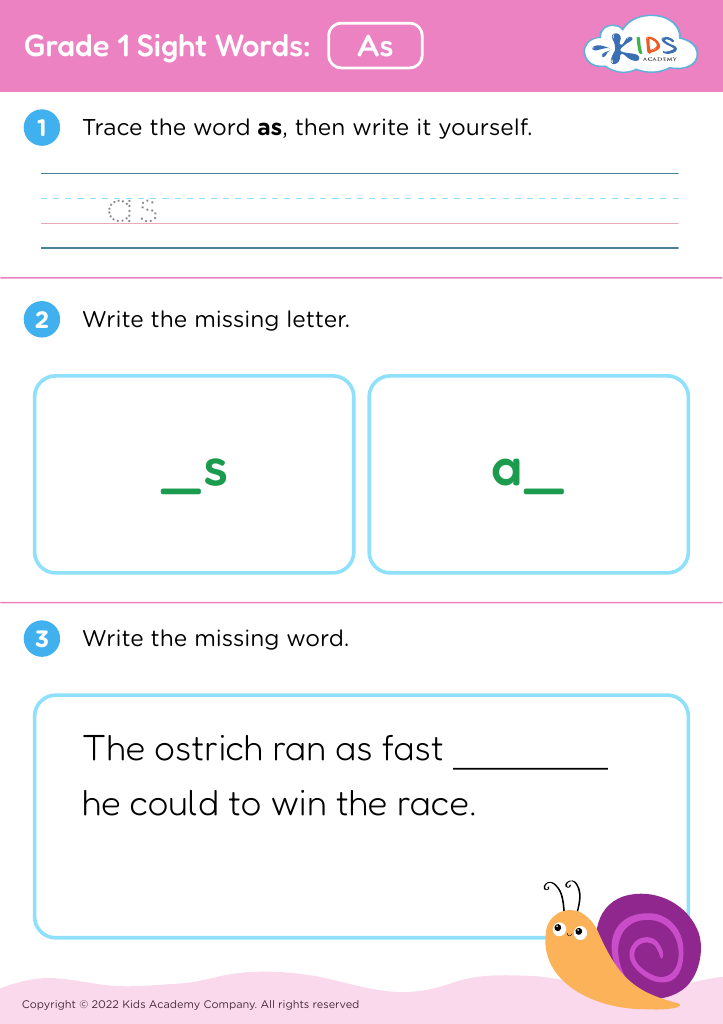Shape identification Reading Worksheets for 7-Year-Olds
3 filtered results
-
From - To
Discover our engaging Shape Identification Reading Worksheets tailored for 7-year-olds! These worksheets combine fun and learning by challenging students to recognize and name various shapes through entertaining exercises. With vibrant illustrations and age-appropriate language, kids are encouraged to enhance their reading skills while identifying shapes in everyday objects. Each worksheet is designed to promote critical thinking, improving both literacy and visual recognition. Ideal for classroom or home use, our materials support skill development in an enjoyable way. Download our Shape Identification Reading Worksheets today and watch your child's confidence soar as they master shapes and reading simultaneously!


Which Is It? Worksheet


Check Memory Worksheet
Shape identification is an essential skill for 7-year-olds that goes beyond mere recognition; it lays the groundwork for critical thinking and problem-solving abilities. At this stage, children starting to master reading can relate visual shapes to letters, numbers, and even words—strengthening their overall literacy skills. Teachers and parents should prioritize shape identification to encourage cognitive development and enhance spatial awareness, which is crucial for subjects like mathematics and science.
Understanding shapes helps children categorize and interpret their environment, improving observational skills and creativity. This foundational knowledge fosters the ability to analyze geometric concepts, which will be instrumental as they progress to more complex topics in their education. Additionally, engaging in activities that strengthen shape identification can manifest in better hand-eye coordination and fine motor skills through crafts, drawing, and puzzles.
Emphasizing shape identification through playful learning, such as games and interactive activities, not only makes learning enjoyable but also strengthens the parent-child or teacher-student bond. By instilling an appreciation for shapes, we build confident learners who can effectively communicate their understanding and interact with the world around them, ultimately laying a strong foundation for future learning success.
 Assign to My Students
Assign to My Students






















